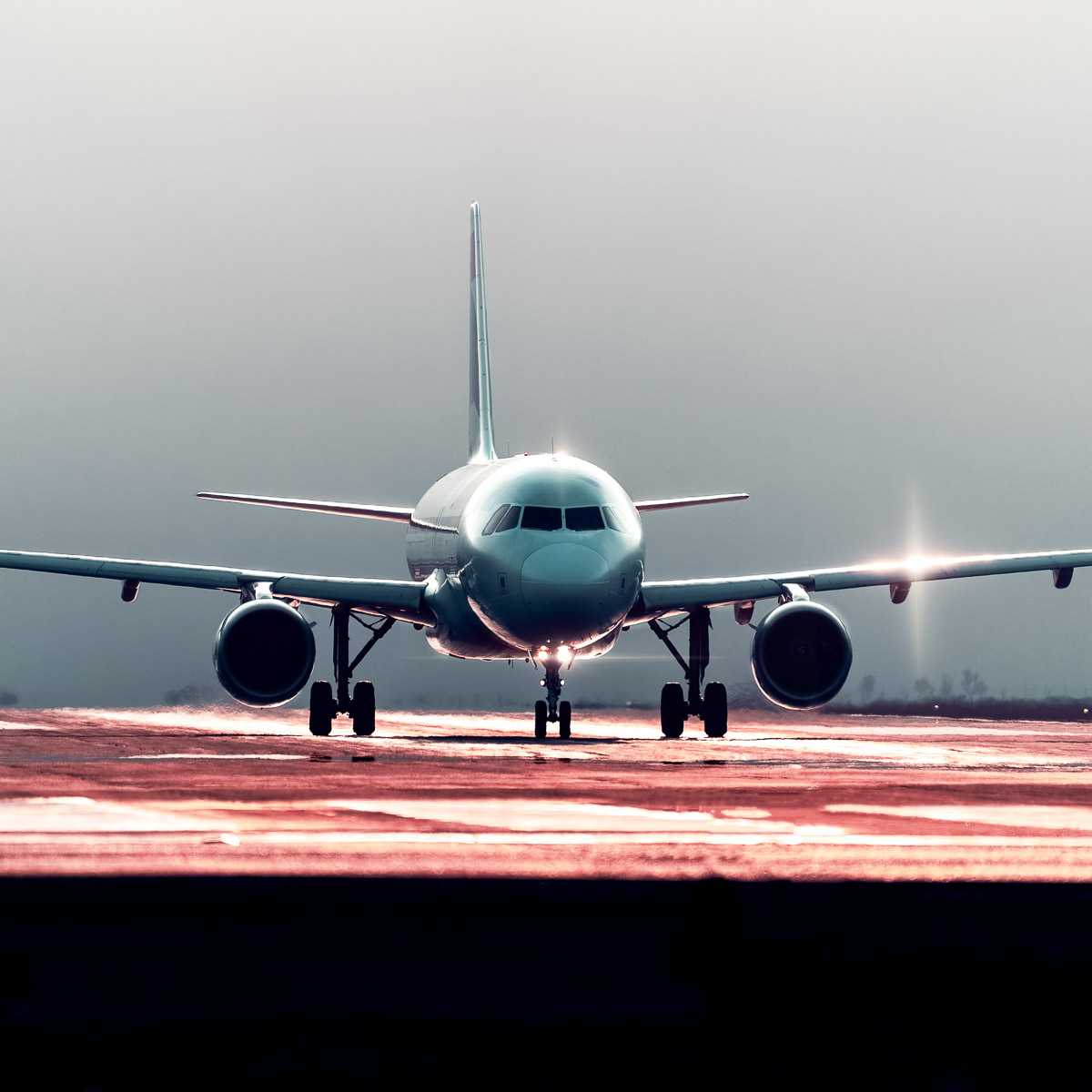

Economic headlines in the media have been saturated with negative economic and political coverage since the start of the year. More than one million mentions of declining consumer confidence and poor stock market performance in top-tier and financial outlets have captivated consumers’ attention—and wallets. A sharp decline in consumer confidence, fueled by lingering inflation and fears of a recession and a global trade war, are driving economic uncertainty. The potential impact on industries which rely on discretionary spending—such as leisure air travel—is enormous. Coupled with what felt like an unusually high number of aviation accidents in the first quarter of the year, and flyers more nervous to take to the skies, it feels like the leisure travel market is limping into the summer travel season, with airlines forced to zero in on the same shrinking customer base.
Decreased consumer confidence makes airlines nervous, especially as government travel plummets and business travel tries to hang onto its pre-COVID numbers. Widespread concern over the economy resulted in muted domestic travel demand in March, leading all major U.S. carriers to cut their first quarter profit forecasts, citing economic sentiment and consumer confidence in domestic travel. “Economic uncertainty is a big deal,” confirmed American Airlines CEO Robert Isom. And while most airlines haven’t revised their financial expectations for the year, in hopes that summer travel demand will lift profits, insiders suggest adjustments will come soon if demand continues trending downwards.
The commercial aviation business runs on infamously tight margins. When aircraft are flying with empty seats, labor and commodities prices are increasing, and even the airplanes themselves are getting more expensive to manufacture under global retaliatory tariffs. What do airlines do about this, and how does it impact the shrinking pool of customers who do have the economic confidence to travel?
As consumers pull back on spending, airlines will begin wading into one another’s swim lanes and start competing for a smaller pool of domestic leisure travelers, upping the game in an already fiercely competitive space. Stalled business and government travel forces premium airlines to shift their focus to fliers that prefer a “no frills experience” to fill seats, which could mean lower rates in the short-term. At the same time, the low-cost airlines’ customer pool is also shrinking as recession fears push consumers to watch their spending.
As demand decreases, airlines are forced not only to shift their customer bases, but also make difficult decisions around reconfiguring fleets, down-gauging aircraft, adjusting flight schedules and retiring aircraft earlier than planned—many of the same dramatic steps they had to take to survive the pandemic when the bottom fell out of commercial air travel.
Despite a significant drop in demand, airline executives (generally an uplifting, if not brutally honest, bunch) remain cautiously optimistic that summer travel season can remain intact. For consumers, this means that deals, especially in off-peak times, might be more readily available than in years past, especially to destinations with a significant drop in demand, like Canada. As European countries issue travel warnings for travel to the United States, following a number of concerning incidents of travelers being stopped at the border, trans-Atlantic demand for the busy summer season may be impacted. Only time will tell if the United States is headed to a recession, and how airlines and consumer spending will be impacted by it.
So… Now What?
In light of the current economic challenges and shifting consumer behaviors, airlines will once again need to flex their resiliency muscle to engage stakeholders—customers, employees and investors—through transparent and strategic communication. All eyes will be on economic indicators, while not losing sight of the innovation and collaboration amongst frenemies within the industry that are crucial to sustaining the global air travel system.
APCO Alumni Christina Saull and Maggie Harsh contributed to this piece.


